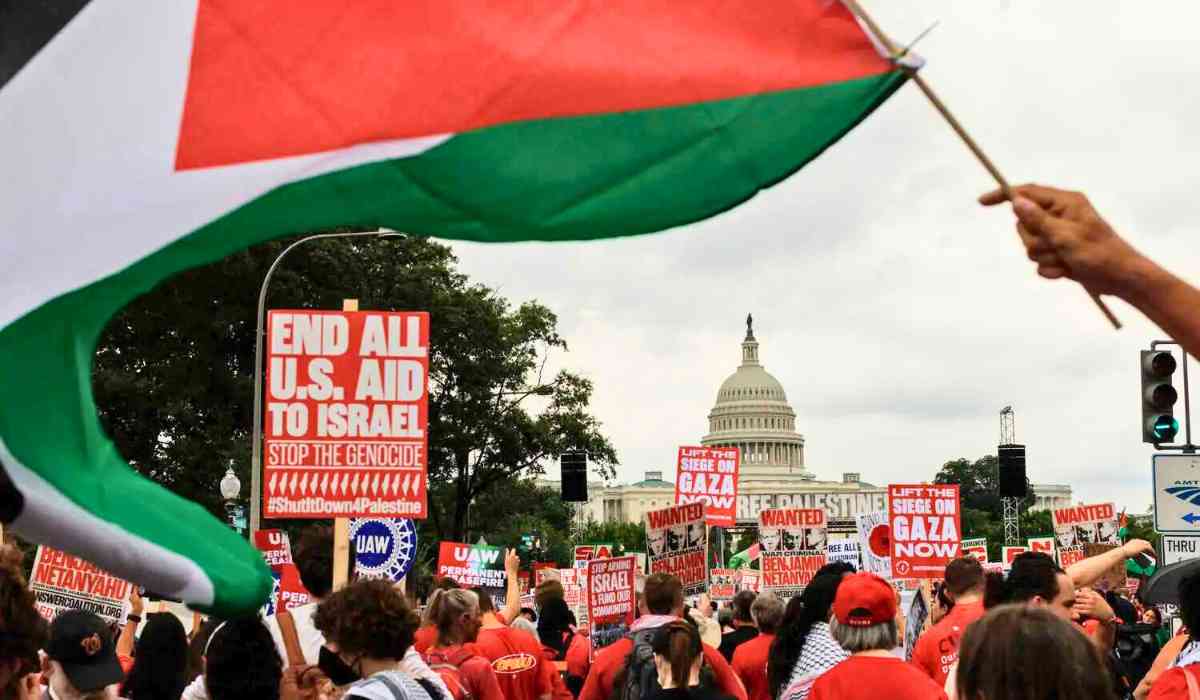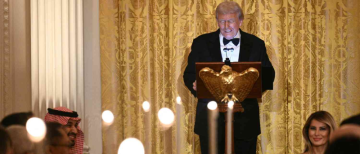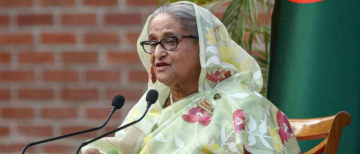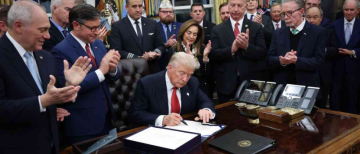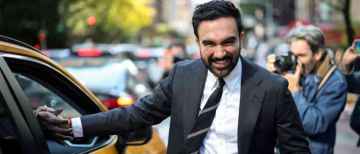Washington, DC: Benjamin Netanyahu’s visit to Washington, DC, sparked significant pro-Palestinian protests, turning the city into a hub of intense demonstrations. Dubbed a "day of rage," the protests saw thousands of people voicing their opposition to the Israeli Prime Minister’s policies and the ongoing conflict in Gaza.
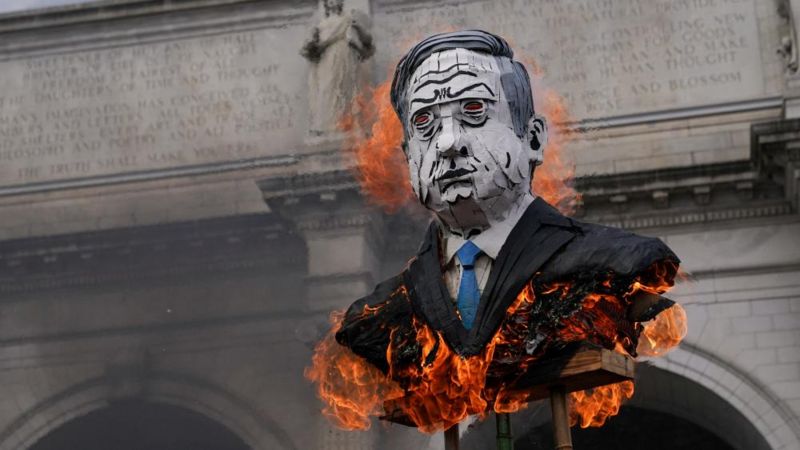
The Protests
In the early morning, thousands of protesters gathered at key locations around Washington, DC, including Union Station and Capitol Hill. They waved Palestinian flags, chanted slogans, and held banners condemning Netanyahu's and Israel's actions in Gaza.
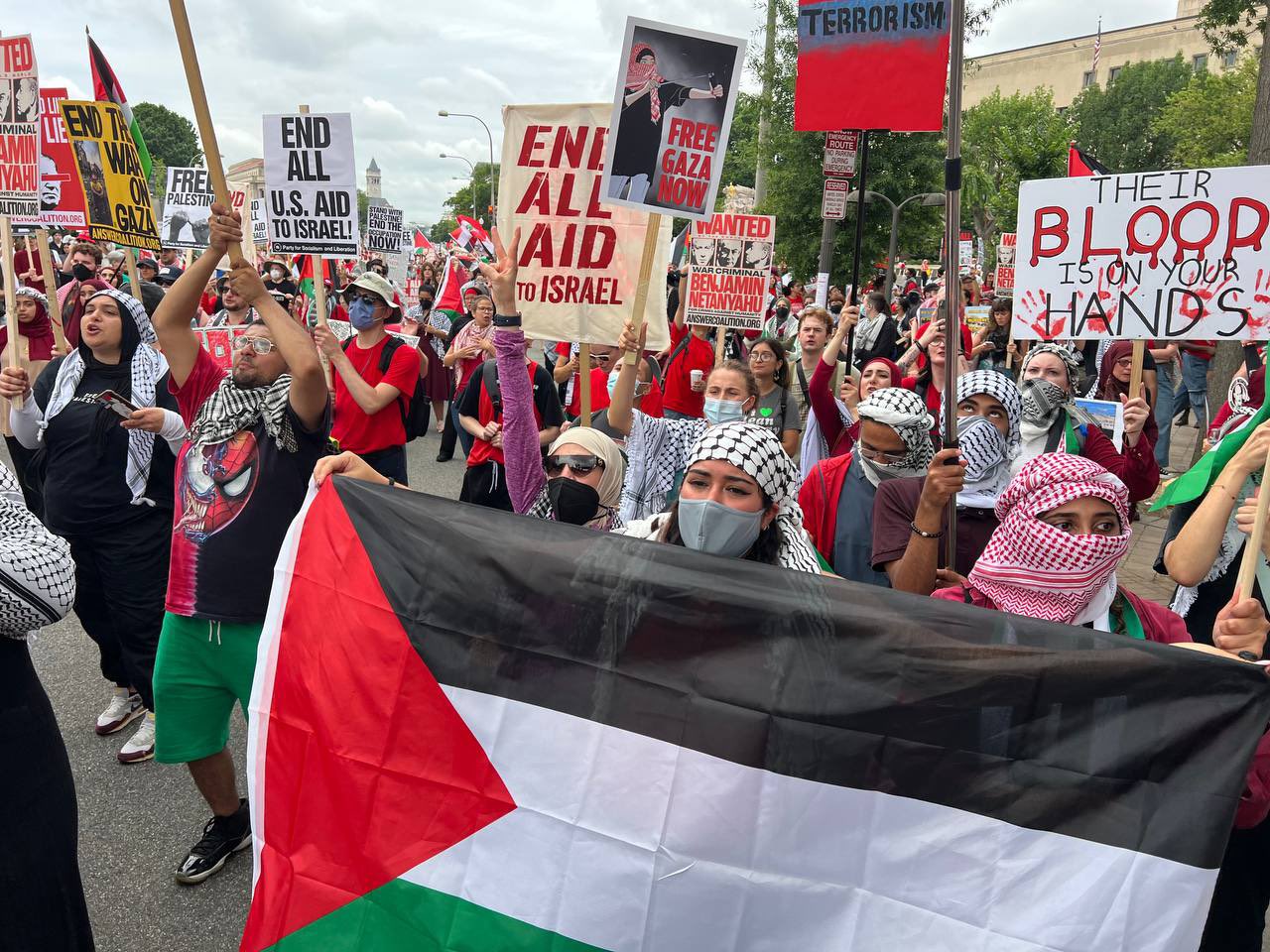
While the protests began peacefully, tensions escalated throughout the day. After Netanyahu’s address to Congress, protesters marched towards Union Station, leading to clashes with police. Several arrests were made, and pepper spray was used to disperse the crowds.
For more on Netanyahu's Washington Visit, click here.
Impact on the City
The protests significantly impacted daily life in Washington, DC. Major roads were blocked, public transportation was disrupted, and many businesses in the protest areas closed early due to safety concerns.
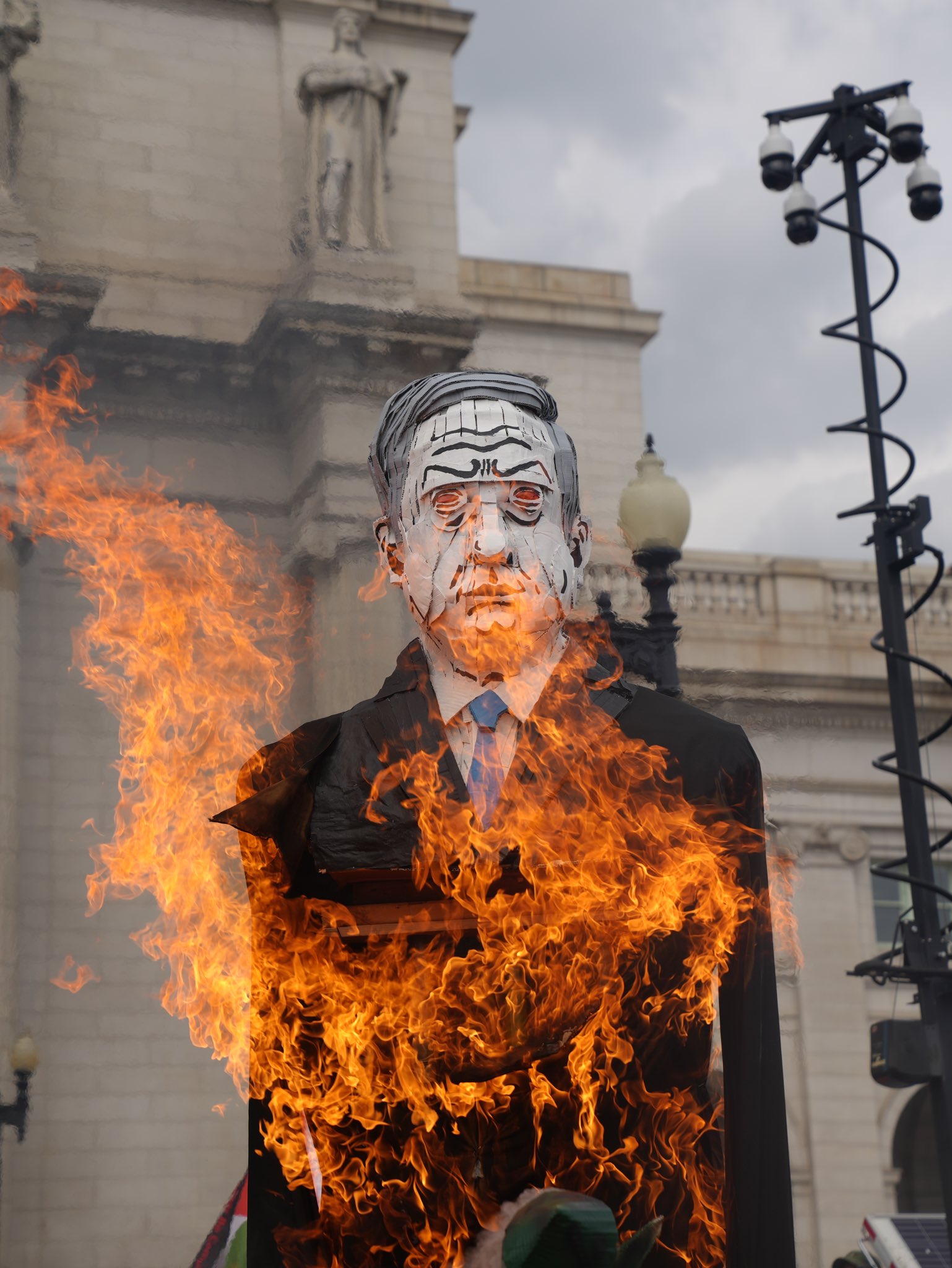
The Role of Social Media
Social media played a crucial role in organising the protests. Platforms like X, formely known as Twitter, Facebook, and Instagram were used to spread information, coordinate meeting points, and share live updates, helping sustain the momentum throughout the day.
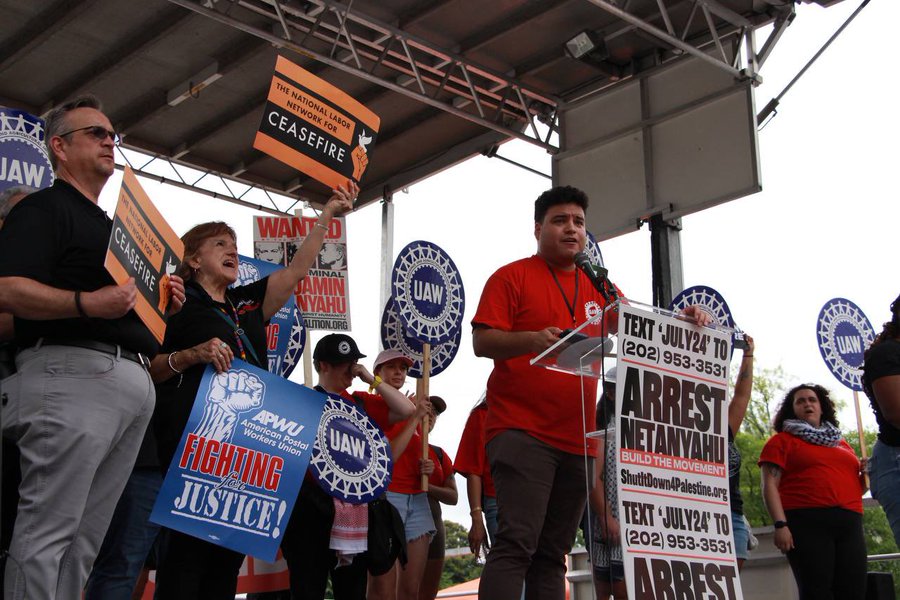
Police Response
The police's response was swift and forceful. As protesters pushed against police lines, authorities used pepper spray and made several arrests. The heavy police presence aimed to prevent the protests from disrupting the city's daily functions but also led to confrontations and accusations of excessive force.
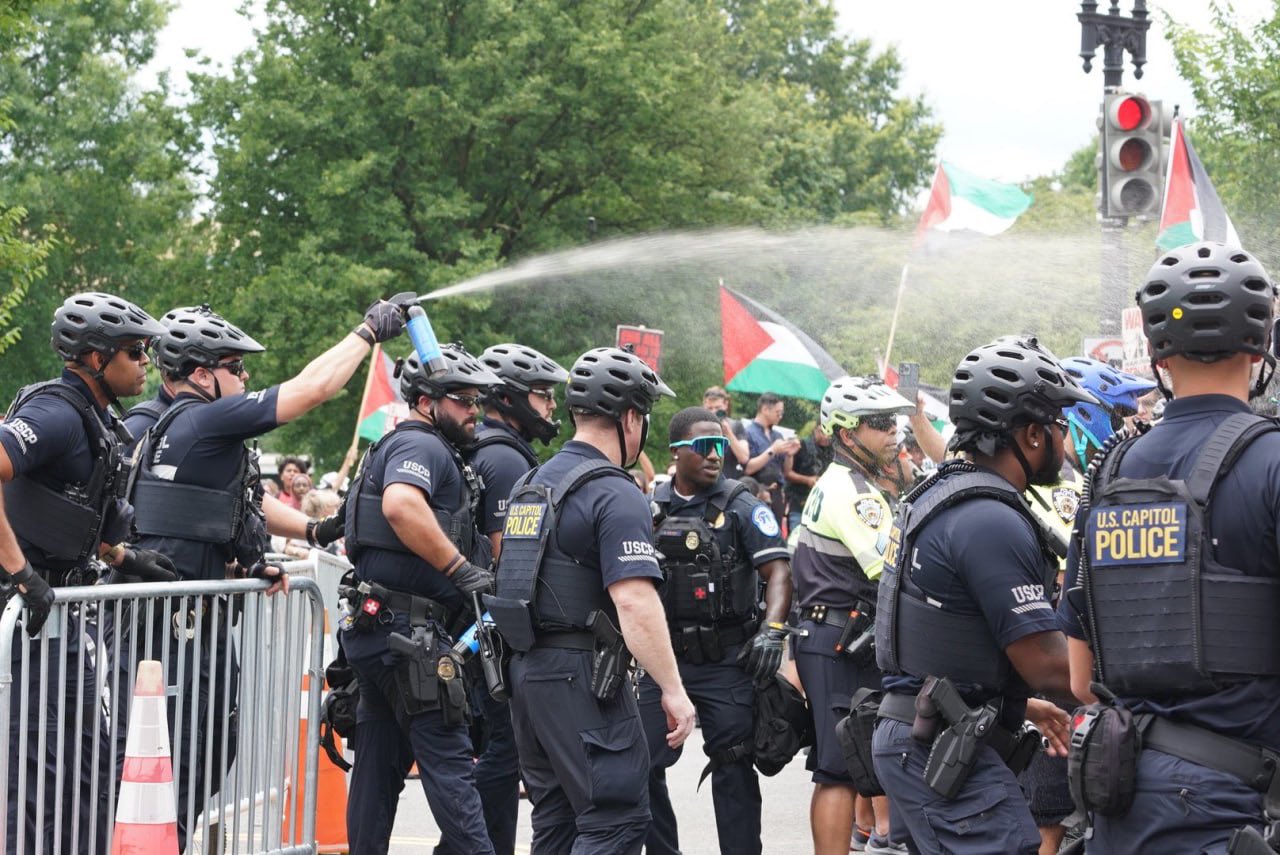
Public Reactions
Public opinion on the protests was divided. Some people supported the demonstrators’ cause, while others viewed the protests as disruptive and unnecessary. Reactions from US lawmakers were also mixed. Some supported the protests and criticised Netanyahu’s policies, while others condemned the demonstrations as counterproductive.
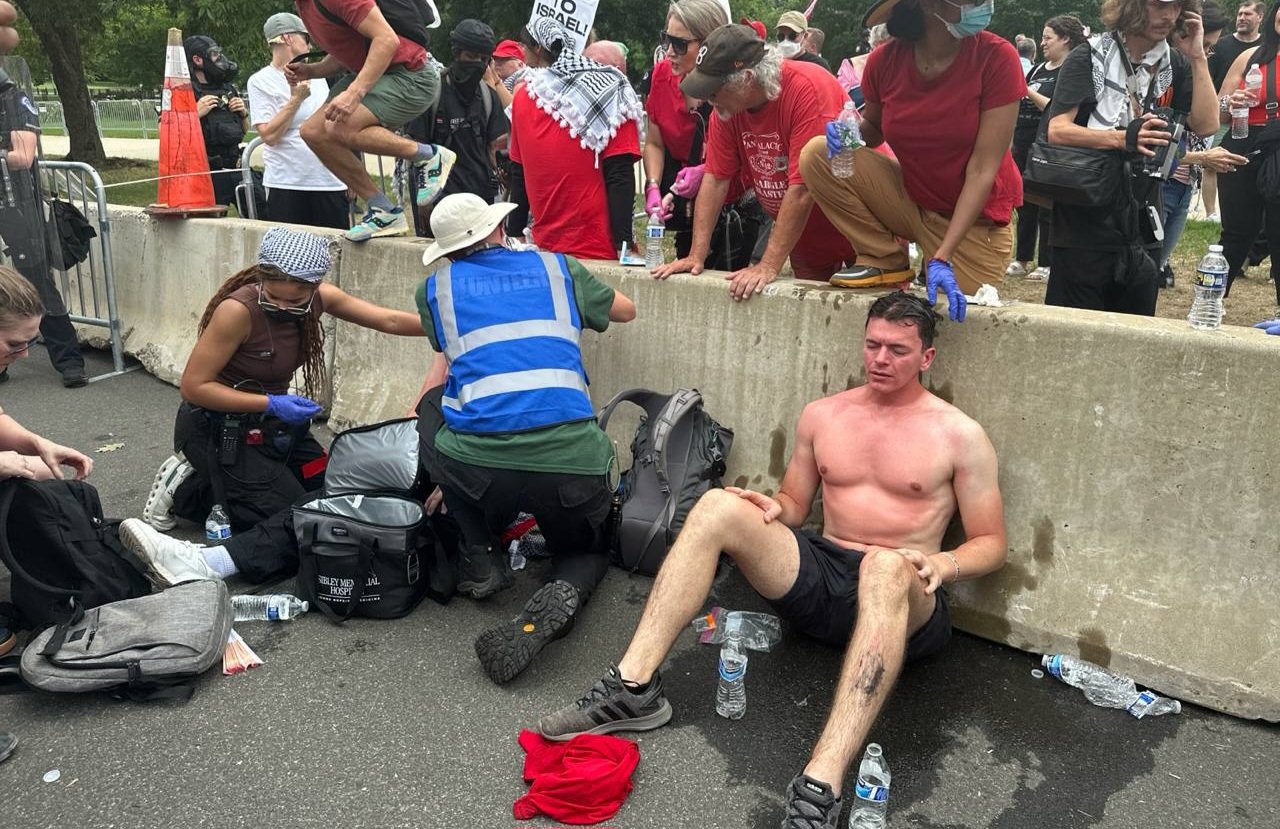
Protesters' Demands
The protesters had clear demands: an end to the violence in Gaza, a halt to US military aid to Israel, and greater international support for Palestinian rights. These demands were echoed in the chants and banners seen throughout the day.
_1721910162.webp)
Netanyahu’s Visit
Netanyahu’s visit to Washington, DC, was primarily to address a joint session of Congress and to meet with President Joe Biden. The visit held significant political importance, as it came amid heightened tensions between Israel and Palestine and ongoing violence in Gaza. Netanyahu aimed to solidify US support and push for expedited military aid during this visit.
Key Highlights from Netanyahu Addresses: Netanyahu Addresses US Congress Amid Protests- Key Takeaways From His Speech
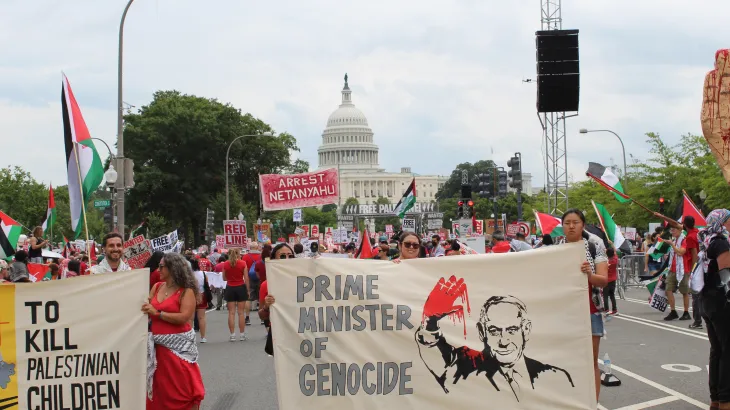
A Contrast of Perspectives
While Netanyahu's visit aimed to strengthen US-Israel relations and seek support for military aid, the protests highlighted deep-seated opposition to his policies and actions in Gaza. The contrast between Netanyahu’s political goals and the protesters’ demands underscored the complexity of the Israeli-Palestinian conflict and its impact on US foreign policy.
_1721910283.webp)
Conclusion
The protests in Washington, DC, during Netanyahu’s visit were a powerful demonstration of public dissent. They reflected deep-seated tensions and differing views on the Israeli-Palestinian conflict. As the situation continues to evolve, the voices of the protesters and the political responses will undoubtedly shape the future discourse on this critical issue.
With inputs from agencies
Image Source: Multiple agencies
© Copyright 2024. All Rights Reserved Powered by Vygr Media.

